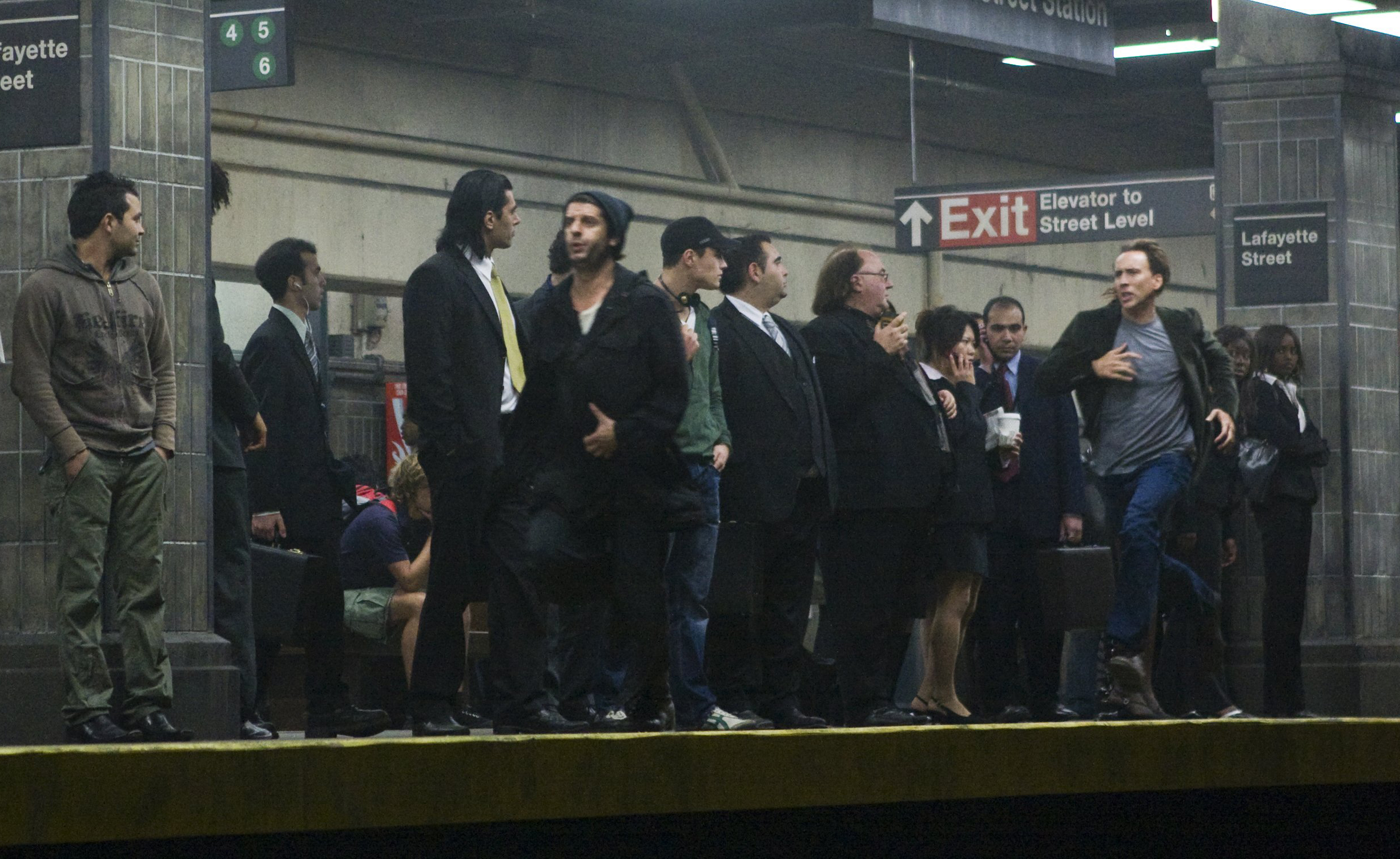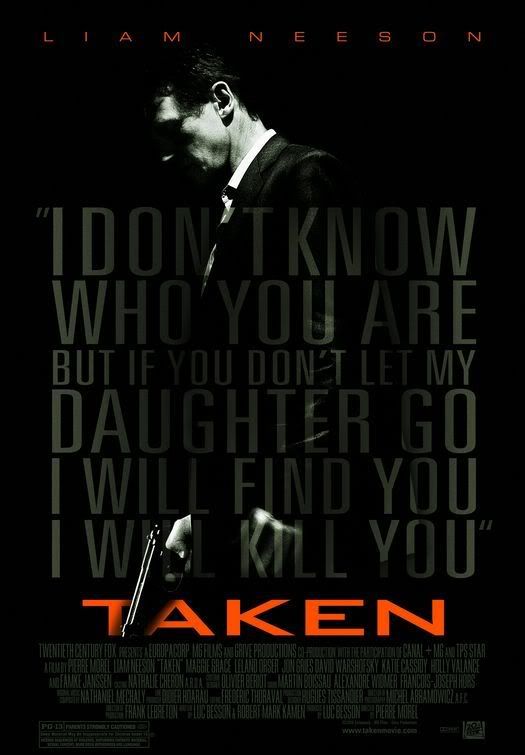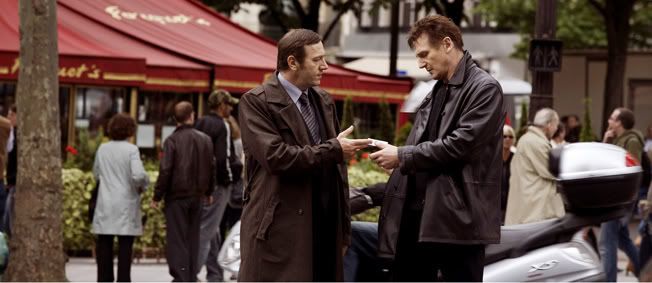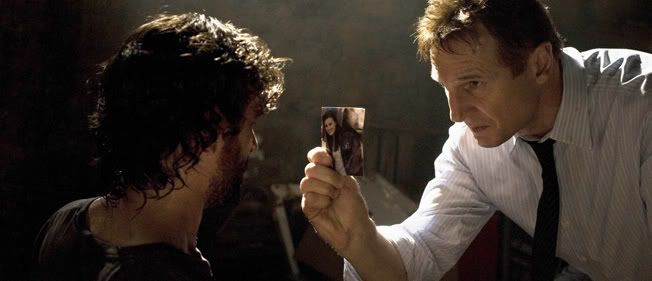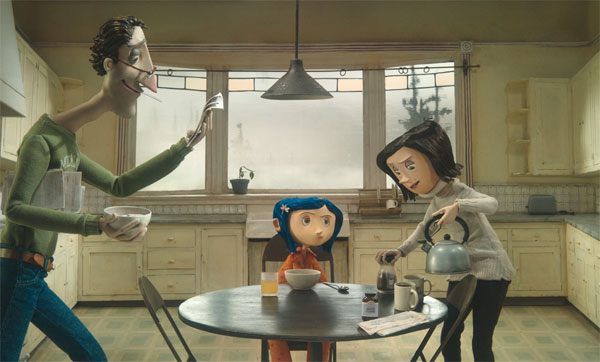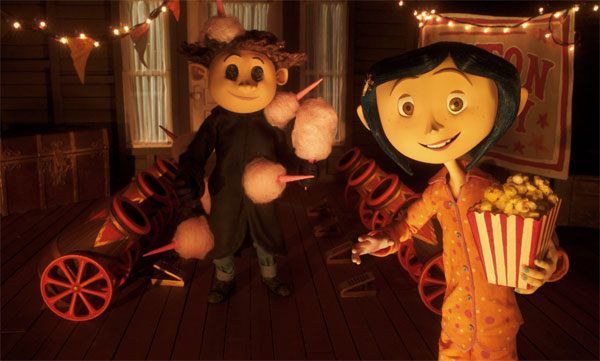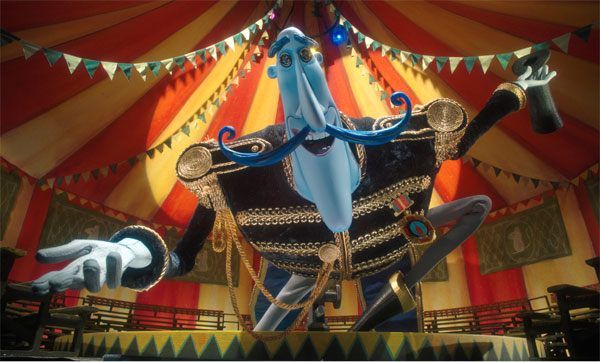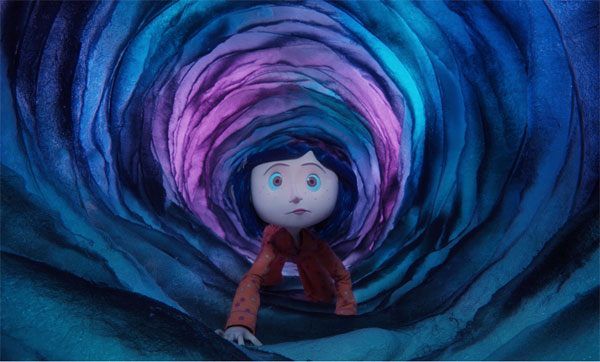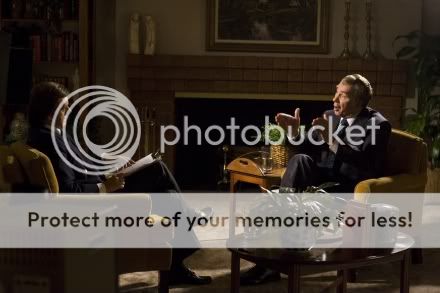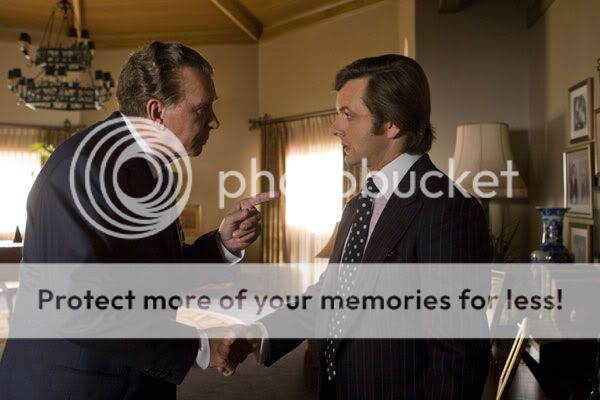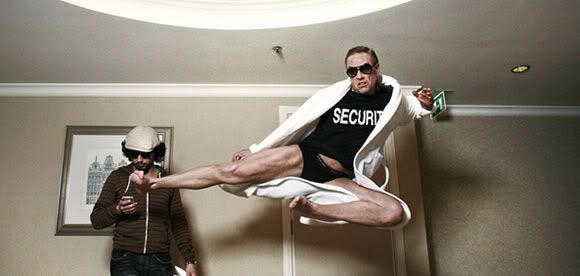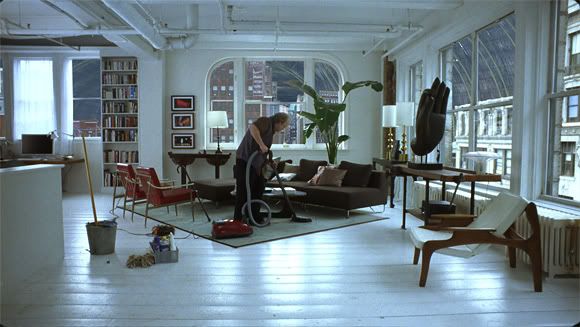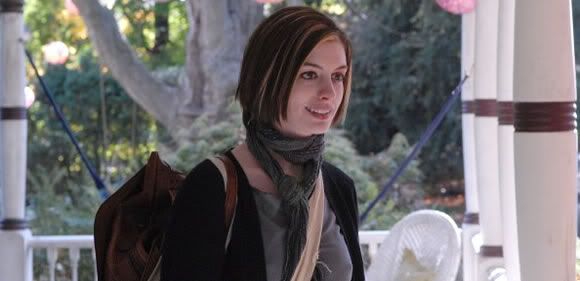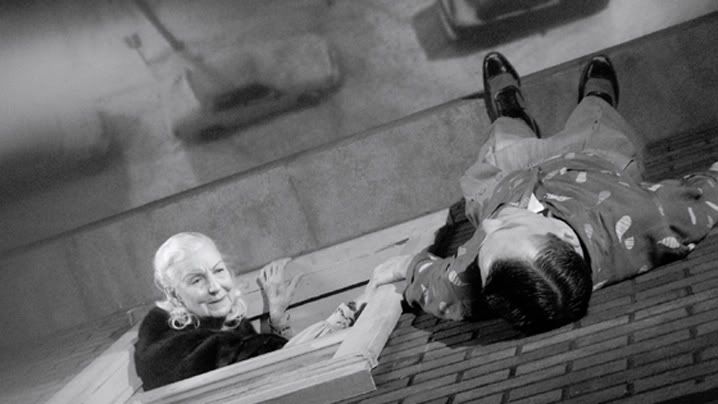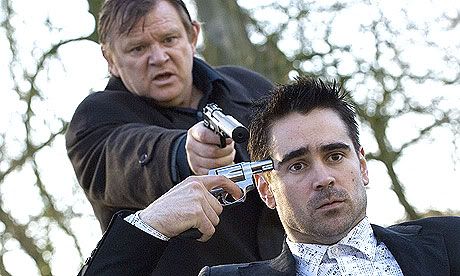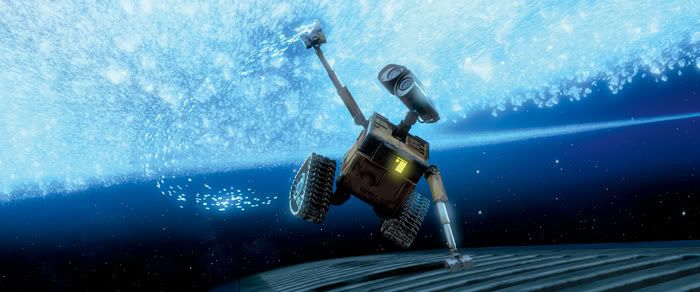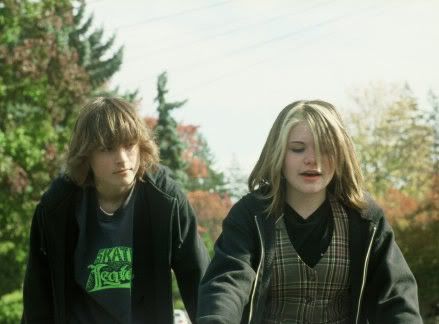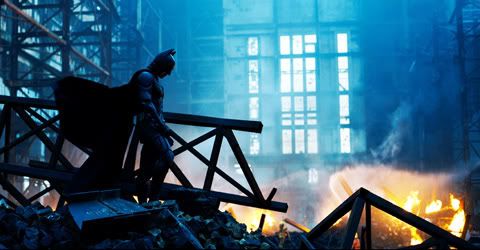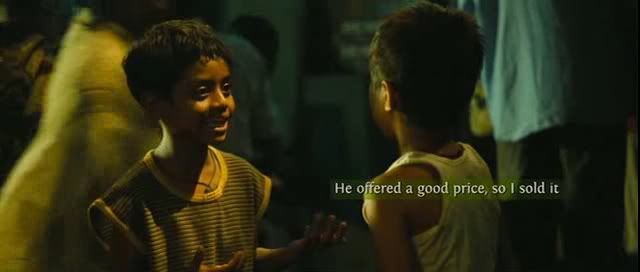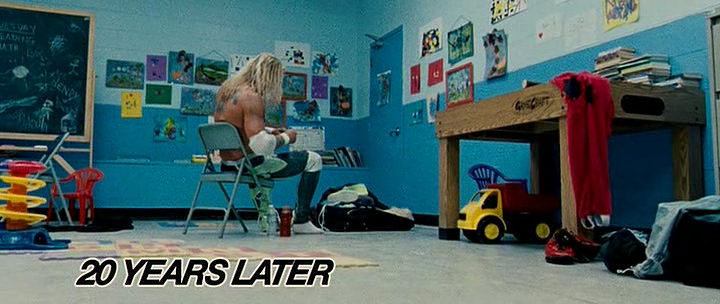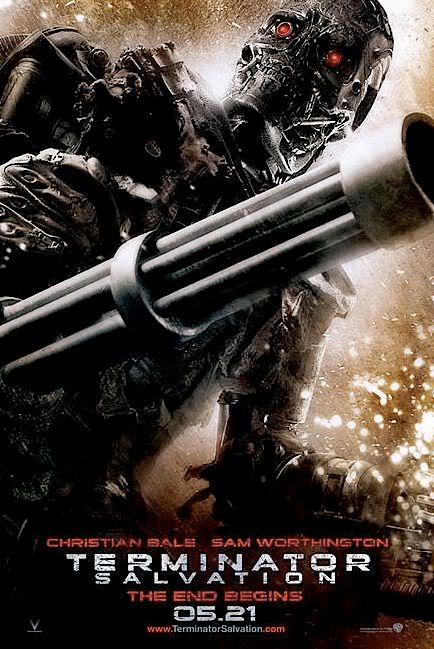
Terminator Salvation (no colon, apparently) is a terrible film. I tell you this upfront so that any good thing I may have to say about it will be qualified by the knowledge that in the end Terminator Salvation is a terrible film. How terrible? Likely not the worst film ever made, and probably not the worst film of this year, but almost definitely a giant waste of $10. Luckily I saw it for free. Unfortunately, I still have the urge to call somebody to ask for my time back. The real conundrum is in figuring out whom to call.
The logical person to call would be director McG. If the auteur theory says anything about filmmaking it’s that anything good or bad about a film is always the responsibility of McG (or something to that effect.) When I really think about it, though, I’m not sure the auteur theory is entirely correct. McG may not be James Cameron, but with Terminator Salvation he seems to have a clear vision of what the post-Skynet future should look like. He also seems to have a good eye for blocking, as well as a keen sense of how to stage and pace an action sequence. And to top it off, there are some pretty spectacularly done long-takes. Being that this is an action film, McG’s direction is solid enough that the film should have at least been mildly decent. It’s not, and so we move on.
Christian Bale. I doubt I could get the man’s phone number, and the failures of the film may not rest on his shoulders, but I would at least like to call him up and ask him why he thought it would be a good idea for him to play the role of John Conner. More specifically, why he decided to turn down the role of Marcus Wright (arguably the main character) in order to take on a far less interesting character. Further, I might question his choice of playing John Conner as his own take on Batman-minus-the-gravelly-voice, and without any sense of irony as to the words coming out of his mouth. But then, I guess I can’t really fault Bale for saying the words written for him, no matter how seriously he may have been taking the whole thing. He is a serious actor, as we all know very well. Still, it’s a sad event to walk out of a movie and, for the first time ever, think that maybe Christian Bale isn’t such a great actor after all. Luckily for him he’s proved himself well enough in other films that I’m willing to forgive him for the dump he so graciously took all over Terminator Salvation.
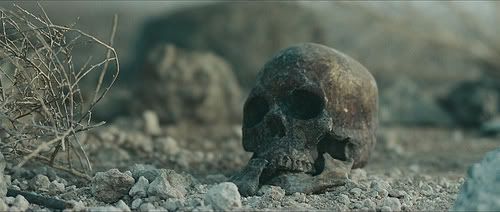
If McG isn’t totally at fault, and Christian Bale seems marginally exempt, then I guess we have to look at the material they were working with. The screenplay, though I have not read its actually written pages, is unquestionable garbage. Oh my, I think we’ve found the culprit! I’m not sure who came up with the story for this latest entry in the Terminator franchise, but they clearly were not taking into account the fact that we already have a general idea of what happens in the timeline’s future. We know John Conner isn’t going to die. We know Kyle Reese’s life will be saved so he can be sent back in time and father John Conner. We know Skynet is big and all-powerful, but at some point it will be destroyed, though obviously not in this movie; the timeline dictates this. And most of all, we know that that damned little girl who doesn’t speak is never in any real danger of being killed because this movie is a PG-13 Summer action blockbuster, so there is absolutely no need for her to exist(!).
But I’m not done with you yet, John D. Brancato and Michael Ferris. Your script is some kind of minor disaster; an affliction of sorts upon the human race. Maybe I’m exaggerating a little, but that does not excuse the shoddy work that went into the writing of this film. Stanley Kubrick himself wouldn’t be able to pull much more than a polished turd from the wreckage that is the screenplay for Terminator Salvation.
The film begins in the year 2003, presumably before Skynet became self-aware (as seen, quite anachronistically, in Terminator 3: Rise of the Machines.) Though Skynet is not yet active, Cyberdyne Systems is already collecting dead bodies for some future project, but I’ll get to that later. One of the donors (or maybe the only donor?) is the pseudo-protagonist, Marcus Wright. Apparently he is some kind of killer about to be executed, and it seems as though the murders he is convicted of were some kind of mistake or accident or unfortunate occurrence. I guess the point of this set up is so that when he shows up, in a scene presumably meant to be a slight surprise, we know that he has a heart AND has a cause for which he seeks redemption. Oh boy, [SPOILER ALERT, but really who cares?] obviously he isn’t surviving this installment of the franchise. Luckily for the film, Sam Worthington, who is tasked with spewing the awfully contrived dialogue Marcus Wright is given to speak, is actually quite good in the film. He at least partially manages to imbue the film with some emotional resonance and philosophical meaning.
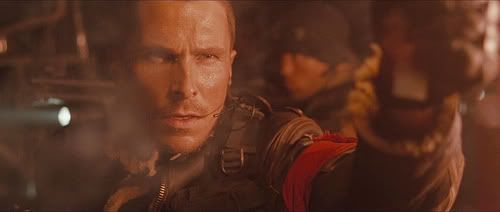
I guess it’s too bad that the big twist involving his character was given away in the trailer. And that makes “telephone call #4”. Warner Bros. Marketing Department, what the hell is wrong with you? Don’t you remember last year when you guys ran that extraordinary campaign for The Dark Knight that didn’t give away much plot, but made the movie look amazing? Or how about Watchmen? That film must have been damned impossible to sell to any sort of general audience, but you certainly managed to make it look way cool, and again, without giving away any plot. So what the hell happened?!? I hate that I’m once again talking about the trailer for a film, but in this case the trailer did a very serious disservice to my enjoyment of the film.
Okay; back to the screenplay. The plot is absolutely ridiculous. Let’s try and assemble this mess together:
• Skynet somehow knows all about Kyle Reese fathering John Conner.
• Instead of just telling one of its terminators or other machines to kill John Connor, Skynet decides to go after Klye Reese so that Conner will never be conceived.
• Oh, but wait! That’s not what happens. Instead of going after Reese, Skynet decides to get hold of Reese so that they can lure John Conner into Cyberdyne and kill him.
• To make matters more idiotic, Skynet turns Marcus Wright into some sort of hybrid robot human thing in order to infiltrate the Resistence so that he can somehow lead Connor right into Cyberdyne
• Futhermore, what was Cyberdyne doing collecting bodies in 2003 for a future project to be created by a Skynet, which at this point is not self-aware?
Did any of that make sense? No? What’s sad is that, when presented in the film, the plot is even more stupid and makes even less logical sense. There is no rhyme or reason for anything that happens in the film, and it’s mere existence only further muddles the already incomprehensible timeline of the Terminator series.
I would also like to make special mention of Moon Bloodgood. I don’t know who she is, but she sure is pretty. That doesn’t stop her from being one of the lamest additions to the film. Her character serves no purpose and her entire arc is insanely cliché. I think it was the scene in which she is nearly raped by a group of men in some rest stop that really sent me over the edge into completely disliking the film.
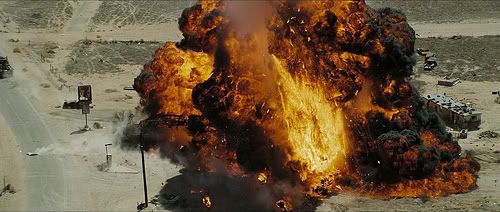
Recap: Terminator Salvation. Terrible film.
Detailed Recap: Terminator Salvation. Terrible film. Some good action sequences; still a terrible film. It’s a waste of your time and money. If you do go see it, don’t say I didn’t warn you. Now who has the writers’ phone numbers?
Read more!






